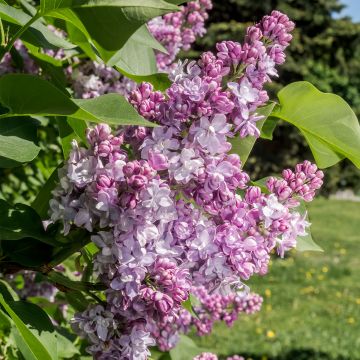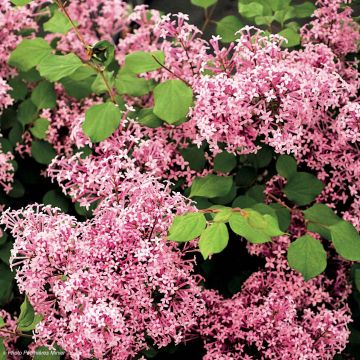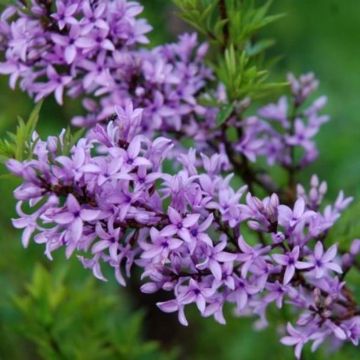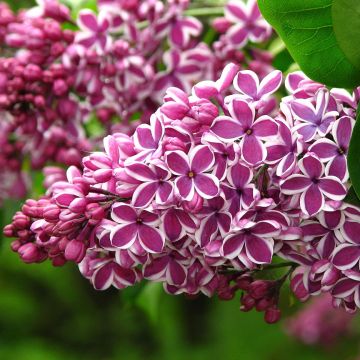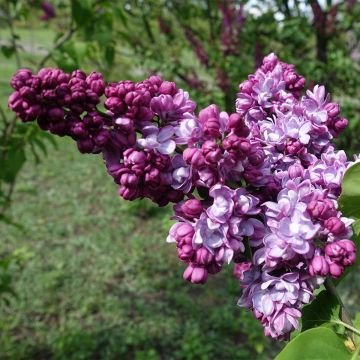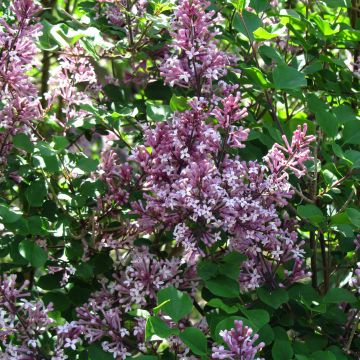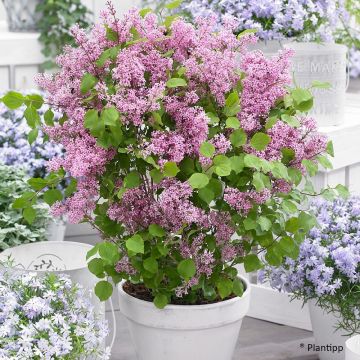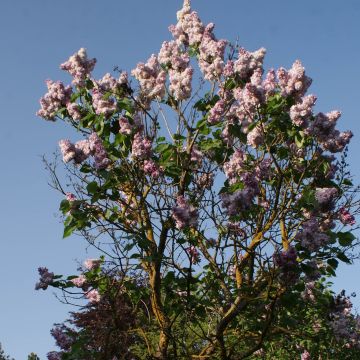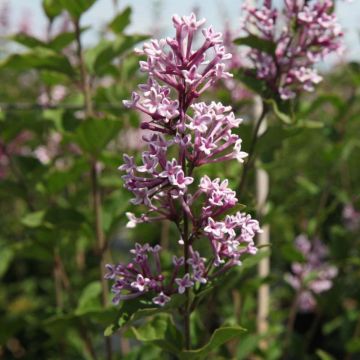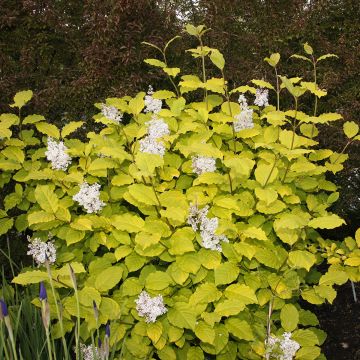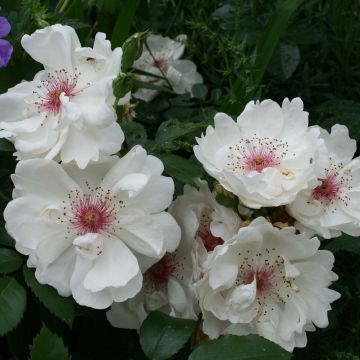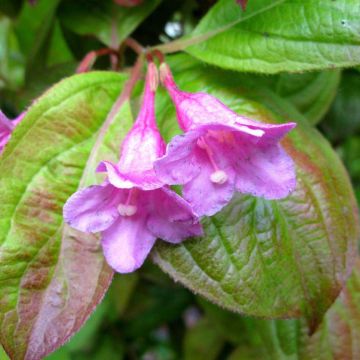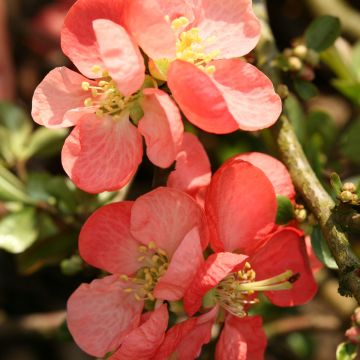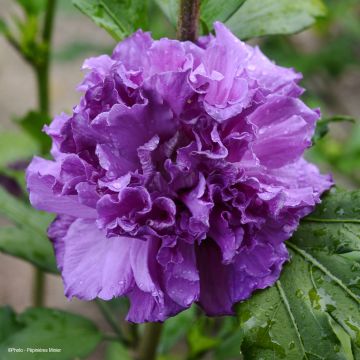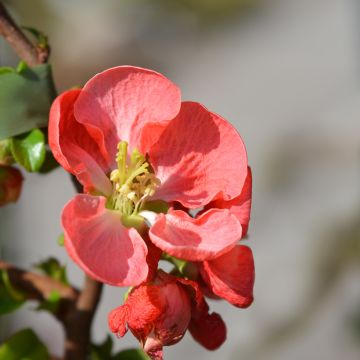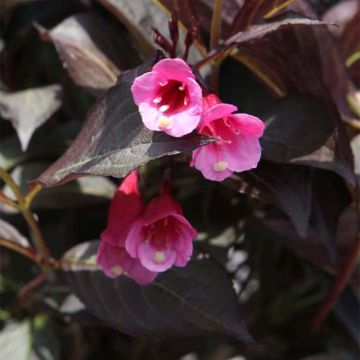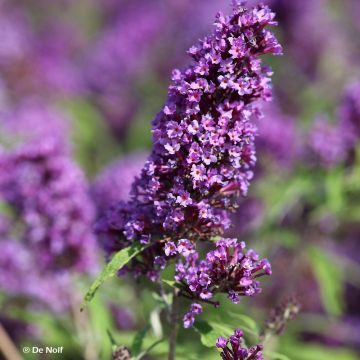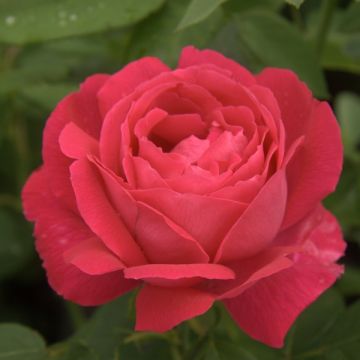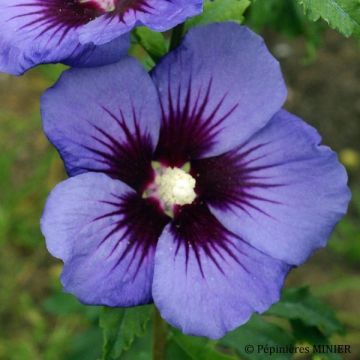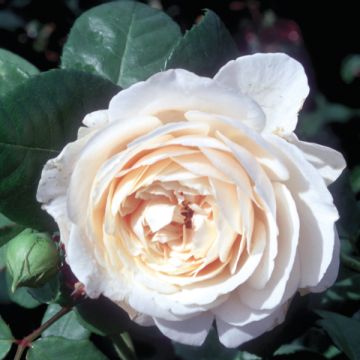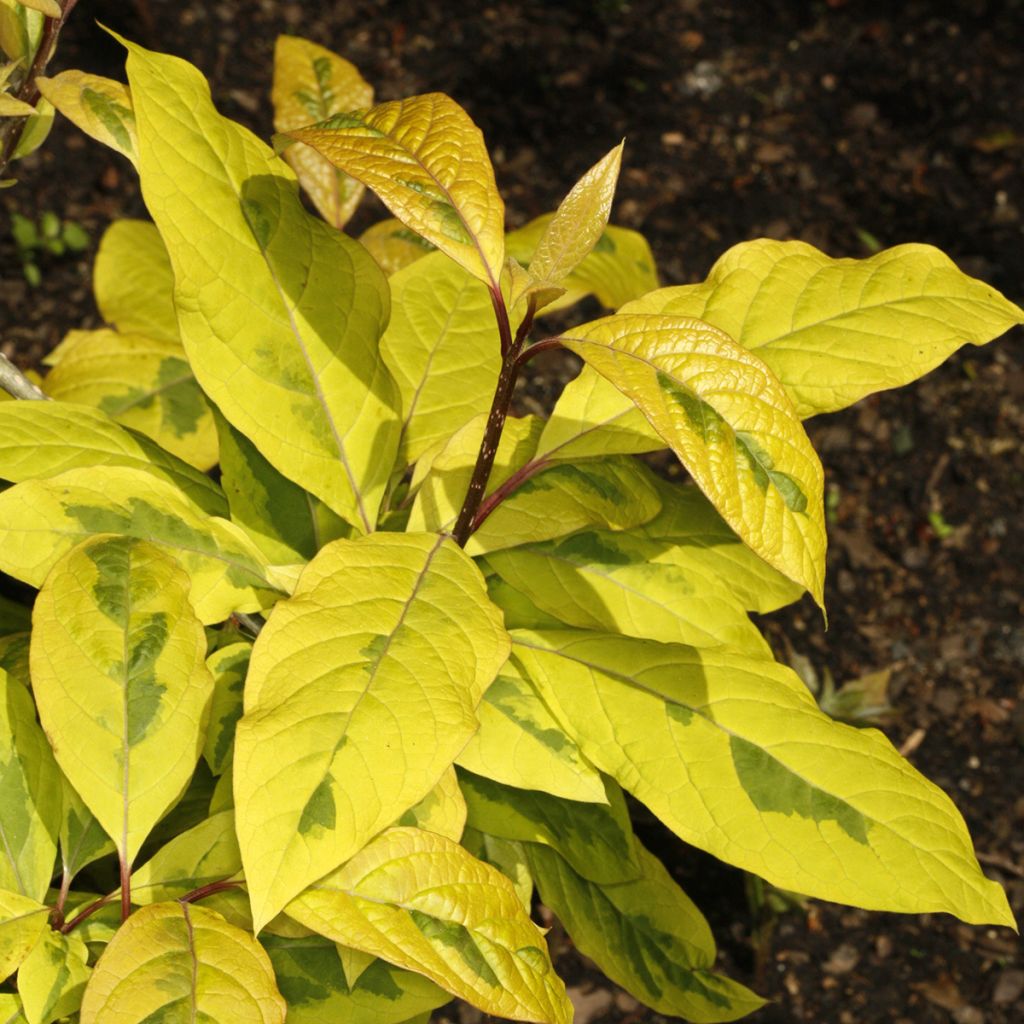

Syringa emodi aureovariegata - Himalayan lilac
Syringa emodi aureovariegata - Himalayan lilac
Syringa emodi aureovariegata
Himalayan lilac
This item cannot be shipped to the selected country
Delivery charge from €5.90
More information
Schedule delivery date,
and select date in basket
This plant carries a 24 months recovery warranty
More information
We guarantee the quality of our plants for a full growing cycle, and will replace at our expense any plant that fails to recover under normal climatic and planting conditions.
From €5.90 for pickup delivery and €6.90 for home delivery
Express home delivery from €8.90.
Does this plant fit my garden?
Set up your Plantfit profile →
Description
Syringa emodi Aureovariegata is a variegated Himalayan Lilac. It forms a large, upright deciduous shrub reaching a height of 3 to 4 metres at maturity. Its spring flowering first produces pale lilac buds before opening into large white panicles. The Himalayan Lilac is not cultivated for its fragrance. Its lanceolate leaves are extensively variegated with yellow, to the point that the green colour almost disappears, only present as small central spots. It is a very bright plant, particularly in partial shade. It is hardy and undemanding and can be planted in any well-drained soil as a flowering hedge or in a flower bed.
Lilac or Syringa belongs to the olive family, like the olive tree, and includes about twenty species and nearly 2000 cultivars. Syringa emodi is a species native to the western Himalayas, especially in northern Pakistan. In the wild, it can reach heights of up to 5 metres and spread over 4 metres. It is found on steep terrain up to 3,000 to 4,000 metres above sea level. In Sanskrit, "emodi" means "snow," which this species encounters abundantly in its natural habitat. Syringa emodi Aureovariegata is a variegated cultivar, also known as Syringa emodi Elegantissima. Like other Lilacs, it forms a bushy shrub with dense foliage, with lanceolate, elliptical leaves measuring 9 to 15 cm long and 5 cm wide. They are medium green and in this cultivar, extensively variegated with yellow, to the point that the green colour only remains as small spots. With an upright habit, it reaches a height of 3 to 4 metres and a width of 3 metres. Flowering occurs from mid-May, starting with pale lilac buds that open into large white panicles. Once established, this hardy lilac is tolerant of various growing conditions, even if they are quite extreme (drought, strong winds), and can tolerate sandy to clayey soils, moist to normal, not too dry.
The Aureovariegata Lilac is a rare and original subject, with attractive and elegant foliage that is uncommon, vibrant, and bright. It can be planted in a mixed hedge with other species that flower in late winter, spring, and summer, such as Japanese Quinces, Serviceberries, Mock Oranges, Ornamental Crabapples and Butterfly Bushes. In a flower bed, it can be combined with roses, climbing plants like Star Jasmine (Trachelospermum), Ceanothus, Calycanthus. To enhance the colour of its foliage, plant it with a shrub with very dark foliage, such as the dark green of a conifer or the purple of a 'Black Beauty' Elderberry. Add perennials with blue flowers like Centauras or with colourful foliage like Heucheras. Accentuate with annuals like Love-in-a-Mist (Nigella).
Report an error about the product description
Plant habit
Flowering
Foliage
Botanical data
Syringa
emodi
aureovariegata
Oleaceae
Himalayan lilac
Himalayas
Other Syringa - Lilac
Planting and care
Syringa emodi Aureovariegata can be planted from November to March and from September to June. It can tolerate any well-drained soil but prefers soils that are rich in humus and have a tendency to be alkaline. Once established, this lilac can withstand moderate summer drought. It is advisable to apply a general fertiliser at the beginning of each growing season. It is best to plant it in partial afternoon shade as its flowering is better when it receives light but its foliage can be damaged by excessive sunlight. It is useful to remove faded inflorescences after flowering to prevent fruiting, which is not desirable and can weaken the plant. This will promote a more abundant flowering the following year.
Planting period
Intended location
Care
This item has not been reviewed yet - be the first to leave a review about it.
Foolproof Shrubs
Haven't found what you were looking for?
Hardiness is the lowest winter temperature a plant can endure without suffering serious damage or even dying. However, hardiness is affected by location (a sheltered area, such as a patio), protection (winter cover) and soil type (hardiness is improved by well-drained soil).

Photo Sharing Terms & Conditions
In order to encourage gardeners to interact and share their experiences, Promesse de fleurs offers various media enabling content to be uploaded onto its Site - in particular via the ‘Photo sharing’ module.
The User agrees to refrain from:
- Posting any content that is illegal, prejudicial, insulting, racist, inciteful to hatred, revisionist, contrary to public decency, that infringes on privacy or on the privacy rights of third parties, in particular the publicity rights of persons and goods, intellectual property rights, or the right to privacy.
- Submitting content on behalf of a third party;
- Impersonate the identity of a third party and/or publish any personal information about a third party;
In general, the User undertakes to refrain from any unethical behaviour.
All Content (in particular text, comments, files, images, photos, videos, creative works, etc.), which may be subject to property or intellectual property rights, image or other private rights, shall remain the property of the User, subject to the limited rights granted by the terms of the licence granted by Promesse de fleurs as stated below. Users are at liberty to publish or not to publish such Content on the Site, notably via the ‘Photo Sharing’ facility, and accept that this Content shall be made public and freely accessible, notably on the Internet.
Users further acknowledge, undertake to have ,and guarantee that they hold all necessary rights and permissions to publish such material on the Site, in particular with regard to the legislation in force pertaining to any privacy, property, intellectual property, image, or contractual rights, or rights of any other nature. By publishing such Content on the Site, Users acknowledge accepting full liability as publishers of the Content within the meaning of the law, and grant Promesse de fleurs, free of charge, an inclusive, worldwide licence for the said Content for the entire duration of its publication, including all reproduction, representation, up/downloading, displaying, performing, transmission, and storage rights.
Users also grant permission for their name to be linked to the Content and accept that this link may not always be made available.
By engaging in posting material, Users consent to their Content becoming automatically accessible on the Internet, in particular on other sites and/or blogs and/or web pages of the Promesse de fleurs site, including in particular social pages and the Promesse de fleurs catalogue.
Users may secure the removal of entrusted content free of charge by issuing a simple request via our contact form.
The flowering period indicated on our website applies to countries and regions located in USDA zone 8 (France, the United Kingdom, Ireland, the Netherlands, etc.)
It will vary according to where you live:
- In zones 9 to 10 (Italy, Spain, Greece, etc.), flowering will occur about 2 to 4 weeks earlier.
- In zones 6 to 7 (Germany, Poland, Slovenia, and lower mountainous regions), flowering will be delayed by 2 to 3 weeks.
- In zone 5 (Central Europe, Scandinavia), blooming will be delayed by 3 to 5 weeks.
In temperate climates, pruning of spring-flowering shrubs (forsythia, spireas, etc.) should be done just after flowering.
Pruning of summer-flowering shrubs (Indian Lilac, Perovskia, etc.) can be done in winter or spring.
In cold regions as well as with frost-sensitive plants, avoid pruning too early when severe frosts may still occur.
The planting period indicated on our website applies to countries and regions located in USDA zone 8 (France, United Kingdom, Ireland, Netherlands).
It will vary according to where you live:
- In Mediterranean zones (Marseille, Madrid, Milan, etc.), autumn and winter are the best planting periods.
- In continental zones (Strasbourg, Munich, Vienna, etc.), delay planting by 2 to 3 weeks in spring and bring it forward by 2 to 4 weeks in autumn.
- In mountainous regions (the Alps, Pyrenees, Carpathians, etc.), it is best to plant in late spring (May-June) or late summer (August-September).
The harvesting period indicated on our website applies to countries and regions in USDA zone 8 (France, England, Ireland, the Netherlands).
In colder areas (Scandinavia, Poland, Austria...) fruit and vegetable harvests are likely to be delayed by 3-4 weeks.
In warmer areas (Italy, Spain, Greece, etc.), harvesting will probably take place earlier, depending on weather conditions.
The sowing periods indicated on our website apply to countries and regions within USDA Zone 8 (France, UK, Ireland, Netherlands).
In colder areas (Scandinavia, Poland, Austria...), delay any outdoor sowing by 3-4 weeks, or sow under glass.
In warmer climes (Italy, Spain, Greece, etc.), bring outdoor sowing forward by a few weeks.

































